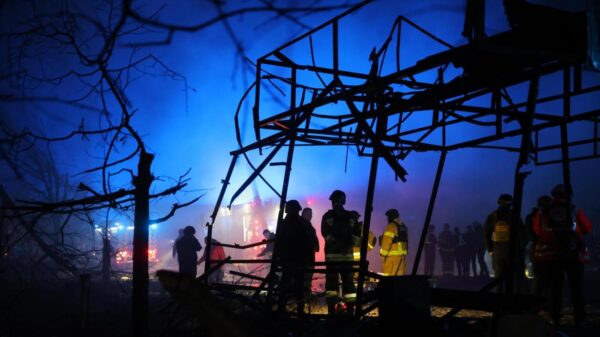The Canon EOS 6D has been hailed as a significant entry in the world of digital single-lens reflex (DSLR) cameras, appreciated for its simplicity and effectiveness. While mirrorless cameras currently dominate the market with advanced autofocus systems and a plethora of features, the 6D remains a favorite among many photographers for its straightforward design and reliability. London-based portrait photographer Castein, who once worked at Canon during the 6D’s peak popularity, shares this sentiment.
Despite its lower specifications compared to contemporaries like the 5D Mark III, the EOS 6D carved a niche for itself. It features only 11 autofocus points, with the central point being the most reliable. This is a stark contrast to the 5D Mark III, which boasts a sophisticated 61-point autofocus system derived from the professional-grade 1D series. The EOS 6D also has a 20-megapixel sensor, which is lower than the 5D Mark III’s 22.3 megapixels.
Interestingly, the 6D’s single SD card slot, while seemingly outdated compared to the 5D Mark III’s combination of CF and SD card slots, offered its own advantages. The SD card slot on the 6D supports UHS-I, making it faster in practical use. Additionally, the 6D was a pioneering model, being the first Canon DSLR equipped with built-in Wi-Fi. This feature significantly enhanced the ability to shoot remotely using a smartphone, making it easier for photographers to manage their work in the field.
The image quality produced by the 6D has been likened to the “magic” of earlier Canon sensors. Although it has a lower resolution, its dynamic range enables it to compete closely with Nikon’s offerings at the time, providing a much-needed improvement for Canon users who often faced challenges in this area. As Castein observes, the true value lies not in megapixels but in the overall image quality.
Users of the EOS 6D have found it versatile enough to handle various photography styles, from landscapes to wildlife and sports. Wasim Ahmad, an assistant teaching professor at Quinnipiac University, reflects on his experience with the camera. He owned multiple high-end models, including the EOS-1D X and the 5D Mark III, yet the 6D outlasted them all before he transitioned to mirrorless technology.
The legacy of the Canon EOS 6D continues to resonate with photographers who appreciate its straightforward functionality and robust performance. Castein’s insights, along with Ahmad’s reflections, suggest that this camera remains relevant in discussions about the best photography gear available.
As the photography community evolves, the EOS 6D stands as a reminder that sometimes, simplicity in design and purpose can lead to exceptional results. This camera has not only shaped the experience of many photographers but has also set a standard for what a DSLR can achieve.



































































